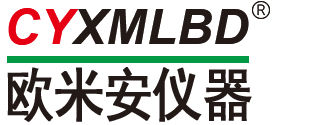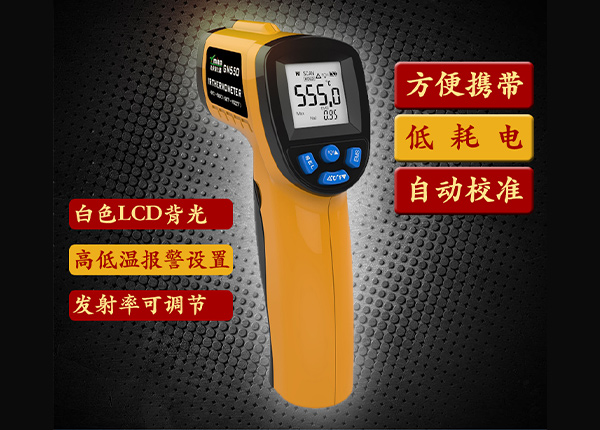The advantage of an infrared thermometer is non-contact temperature measurement. Compared to traditional thermometers that need to be attached to the human skin for measurement, infrared thermometers can conveniently measure temperature at a distance from the human body. This non-contact approach can reduce the spread of infectious diseases and greatly increase the safety of temperature measurement.
The infrared thermometer can measure a Human body temperature in seconds with high accuracy. This measurement method is not affected by external factors and can obtain accurate temperature data in a short period of time. This is very important for epidemic prevention in densely populated areas.
The infrared thermometer can not only measure Human body temperature, but also measure the temperature of other objects. This multifunctional measuring instrument can be widely used in medical, industrial, construction and other fields. It has high practical value and economic benefits.
Compared to traditional temperature detection devices, infrared thermometers are compact and very lightweight, making them easy to carry and operate. This type of thermometer is also relatively easy to operate, and ordinary personnel can also quickly get started.
The price of infrared thermometers is relatively economical and more cost-effective compared to other detection technologies. This type of testing instrument can be produced on a large scale, effectively meeting the current needs of epidemic prevention and control.
In short, infrared thermometers not only have practical advantages such as convenience, speed, accuracy, practicality, and portability, but also can help us better control and prevent the outbreak of the epidemic.
Infrared temperature measurement technology utilizes the radiation heat emitted by objects for measurement. This radiation heat is a type of infrared radiation, hence it is called infrared radiation. Infrared thermometers are also known as infrared radiation thermometers or infrared thermometers. The infrared wavelength range is 0.8 to 1000 microns, with the most widely used in industry being 1 to 20 microns.
The infrared thermometer consists of five major parts: optical system, detection system, signal processing system, display system, and power supply system. The optical system is the core part, including infrared cameras, infrared detectors, and lenses, which play a role in collecting infrared radiation and imaging it.
Temperature is closely related to the thermal radiation of an object, and thermal radiation is emitted by the object, so the infrared radiation emitted by the object has a one-to-one correspondence with the temperature of the object. The infrared radiation emitted by objects is collected through an infrared camera, which is converted into electrical signals by an infrared detector. After analysis and processing by a signal processing system, the temperature information of the object is obtained.
In industry, infrared thermometers are widely used in fields such as temperature monitoring, energy management, and equipment operation status detection; In terms of medical treatment, it can be used for temperature detection, disease diagnosis, health consultation, etc; In agriculture, it can be used for detecting crop growth status and temperature monitoring of grain storage.
When using an infrared thermometer, it is necessary to keep the equipment clean to avoid affecting measurement accuracy; Pay attention to the storage and usage conditions of the equipment to avoid increasing maintenance and replacement costs; During use, appropriate measurement parameters need to be set based on different materials and distances.
In summary, the principle of an infrared thermometer is to use the infrared radiation emitted by an object for temperature measurement. Its advantages include non-contact, fast, and high-precision, which can be widely used in industries, healthcare, agriculture, and other fields. Therefore, for scientists and technicians, learning the principles and operations of infrared thermometers will help to better apply them in practical production.




 1066
1066 2023-07-13
2023-07-13


 Feedback
Feedback